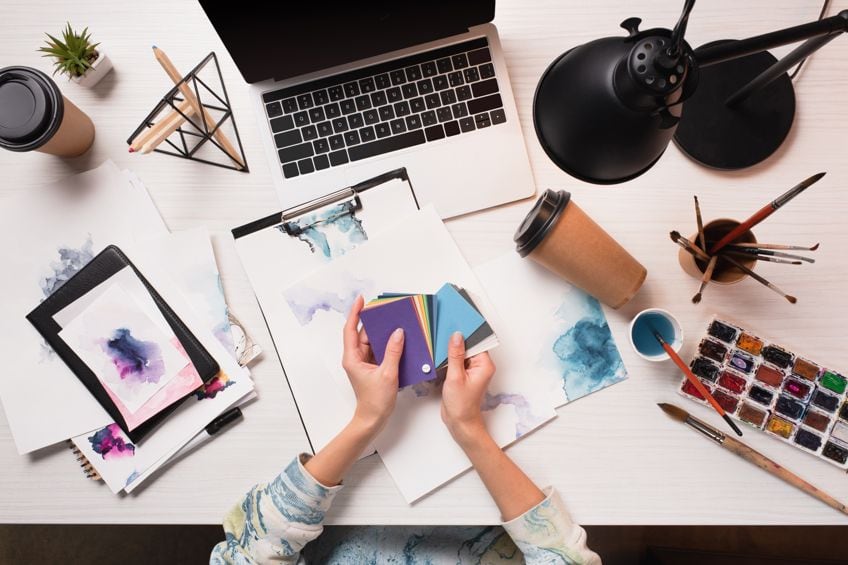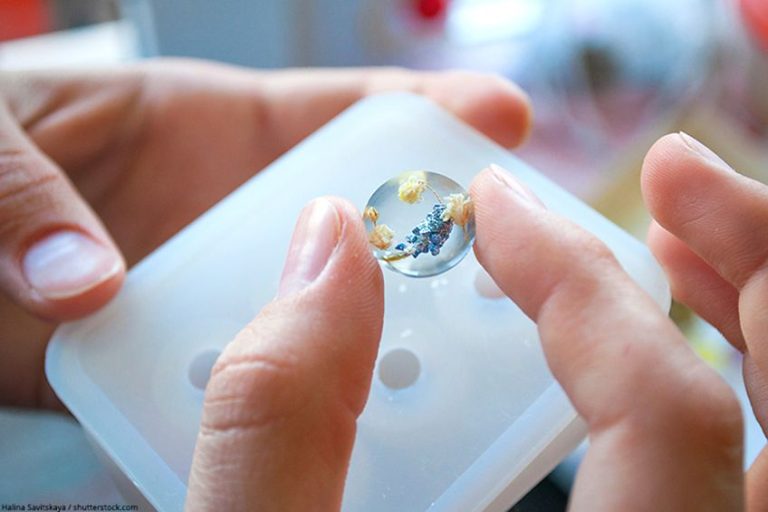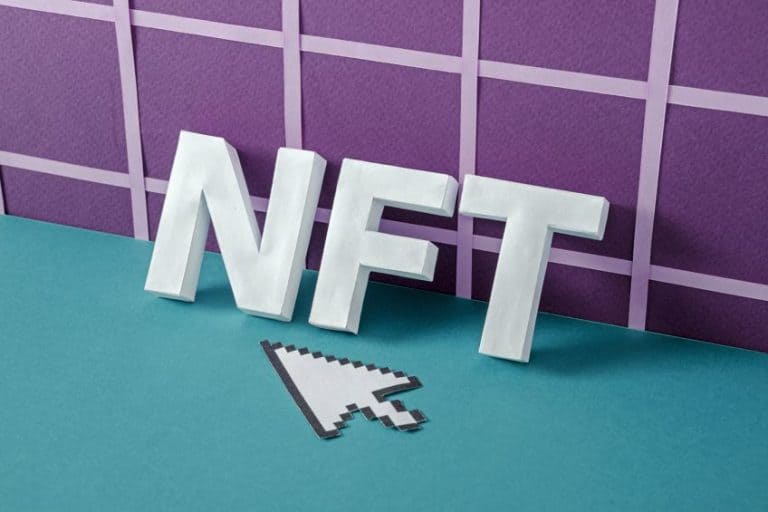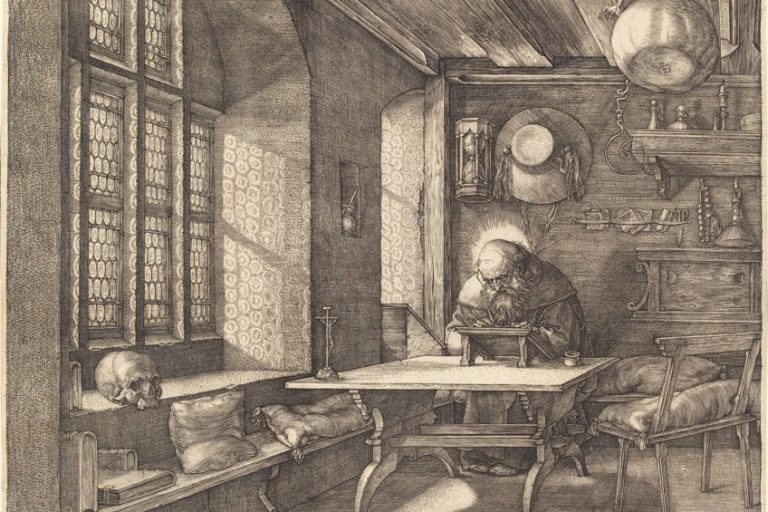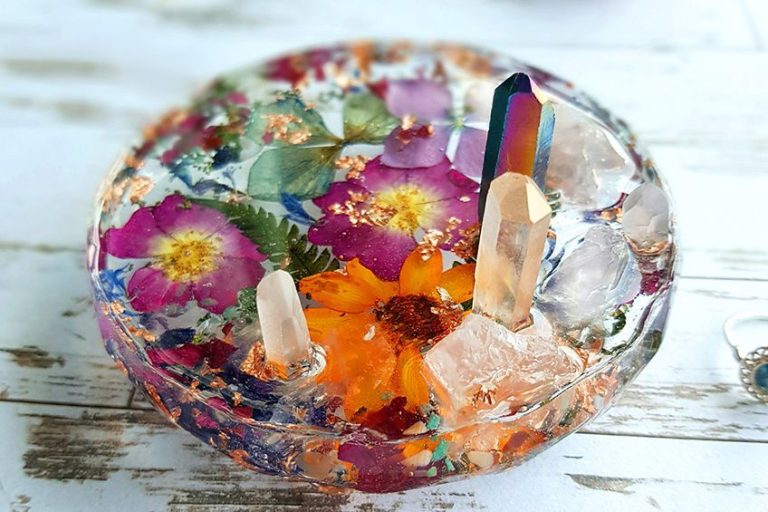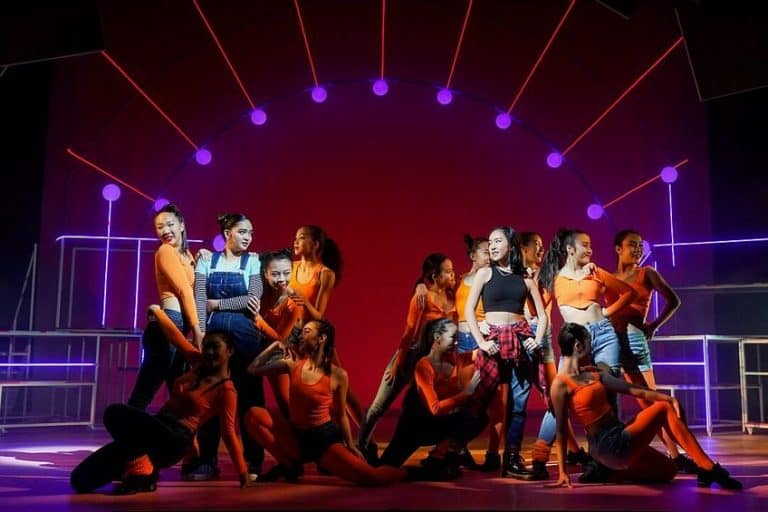Types of Designers – Different Types of Design You Can Try
Design is an extremely broad term that covers plenty of different categories, and many of these different types of design can overlap, making it difficult to identify a particular area of design. However, every design involves the process of imagining, planning, and developing a product, service system, and more. We have tried to differentiate the many types of design to make it a little easier to understand the scope of the design world.
Table of Contents
- 1 Different Types of Designers
- 1.1 Environmental Designers
- 1.2 Creative Designers
- 1.2.1 Fashion Designers
- 1.2.2 Interior Designers
- 1.2.3 Scenic Designers
- 1.2.4 Costume Designers
- 1.2.5 Lighting and Sound Designers
- 1.2.6 Experiential Designers
- 1.2.7 Speculative Designers
- 1.2.8 Illustration and Art Designers
- 1.2.9 Instructional Designer
- 1.2.10 Jewelry Designers
- 1.2.11 Exhibition Designer
- 1.2.12 Glass Blower Designers
- 1.2.13 Ceramic Designer
- 1.3 Computer and Digital Designers
- 1.4 Product Designers
- 2 Frequently Asked Questions
Different Types of Designers
Design is an extremely general term and there is a wide range of different designers and what they can do. it is also sometimes difficult to separate each design category, as many of them overlap into others. So, if you are wanting to choose a career path in design, you should gain a clear understanding of what is available.
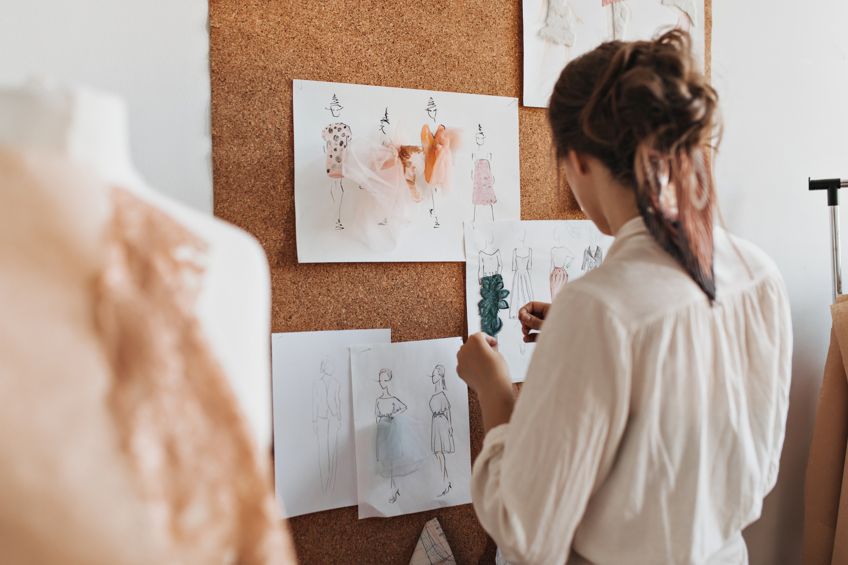
Environmental Designers
Again, these types of design encompass quite a broad field with many subcategories in themselves. This type of design focuses on dealing with issues that involve environmental factors. This can involve the creation of different plans, policies, programs, products, and buildings. The aim is to create a space that helps to enhance the natural as well as the social and cultural environment in particular areas. This can also incorporate the creation of a human-designed environment, which then includes architecture, landscaping, urban planning, and interior design.
Added to this, many also bring in such things as historical preservation as well as other innovative product designs like solar-powered cars or anything else that can serve to improve the surrounding environment.
Architecture Designers
This is another section that can also be divided up into further subcategories. In a broader sense, architecture is the forming of ideas, planning, designing, and then the construction of structures and buildings. This can be from a larger scope as with urban planning and it can go to something on a more micro level like furniture design and creation.
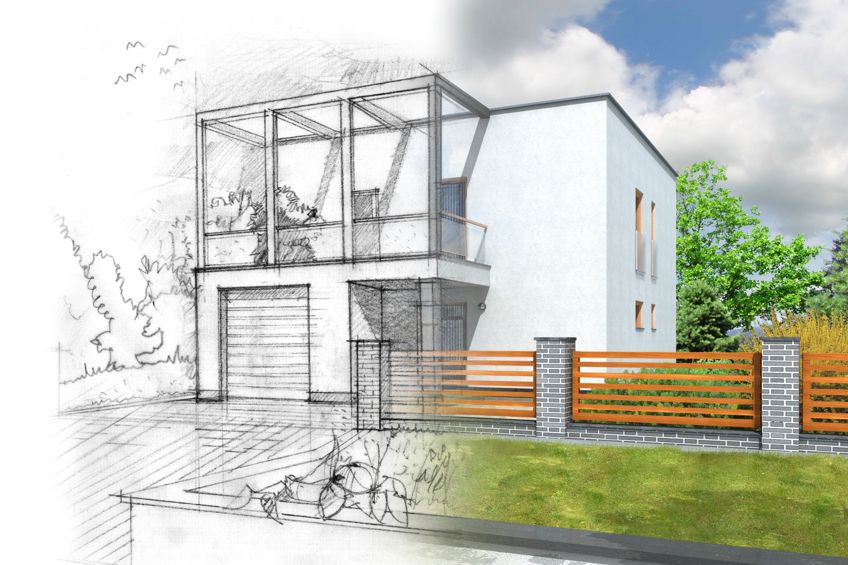
You might also come across terms like information architects or business architects. An information architect is very similar to building structures but is concerned with building digital products and websites, helping people to navigate and find what they are looking for. For example, something simple like signage at an airport. A business architect, on the other hand, helps businesses to connect and work together in new ways to achieve goals.
Landscaping Designers
Landscaping designers follow guidelines that allow them to create attractive landscapes for homes, businesses, and public areas. In many instances, landscaping designers and architects work in collaboration to create synergetic ideas that work with the natural environment.
Some of the benefits of landscaping include aesthetic appeal, can help provide cooler temperatures by strategically planting trees, reduce the use of natural resources, can improve the quality of life, and can also help to prevent things like erosion.
Creative Designers
Many associate designs with creativity and art, and all the different types of design do involve some sort of creative flair, however, some more than others. Again, many of these types of design headings can also be found in additional categories.
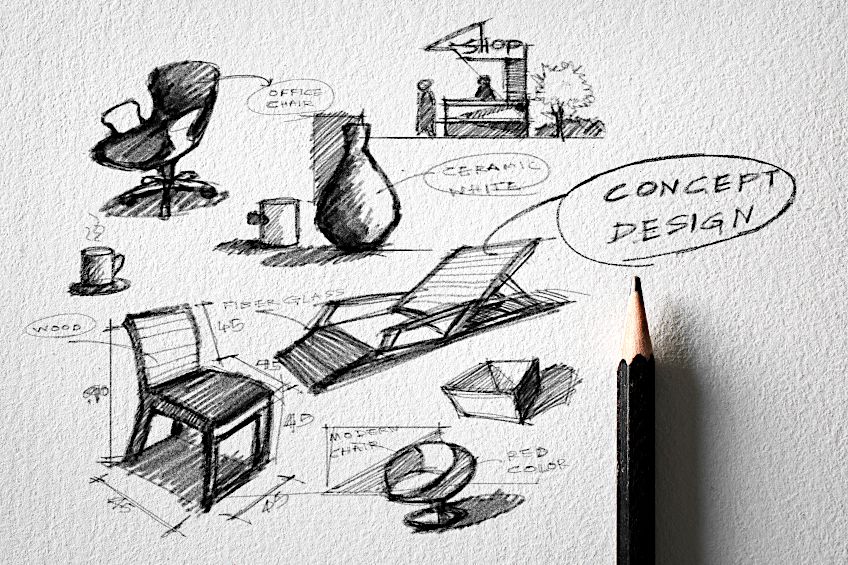
Fashion Designers
Fashion designers sketch designs for clothing as well as accessories and footwear. They usually select various patterns and fabrics to create their products. Fashion design is an ever-evolving field that constantly needs to meet the demands of customers. A fashion designer can either be self-sufficient or can work in a team for a fashion design company. Designers may have to present their ideas to creative directors or display their designs at fashion shows. Another field of design in this category includes textile or fabric designers.
They come up with designs that can be incorporated into the production of various fabric and textile products.
Interior Designers
Interior design is quite a well-known design career choice. Designers are brought in to create functional and appealing spaces for homes and businesses. They need to work out space requirements as well as choose decorative items, and need to make sure the materials, lighting, and colors all work harmoniously together. Interior designers can create diagrams, floor plans, layouts, and functional spaces, and should have skills in programs like Photoshop or AutoCAD.
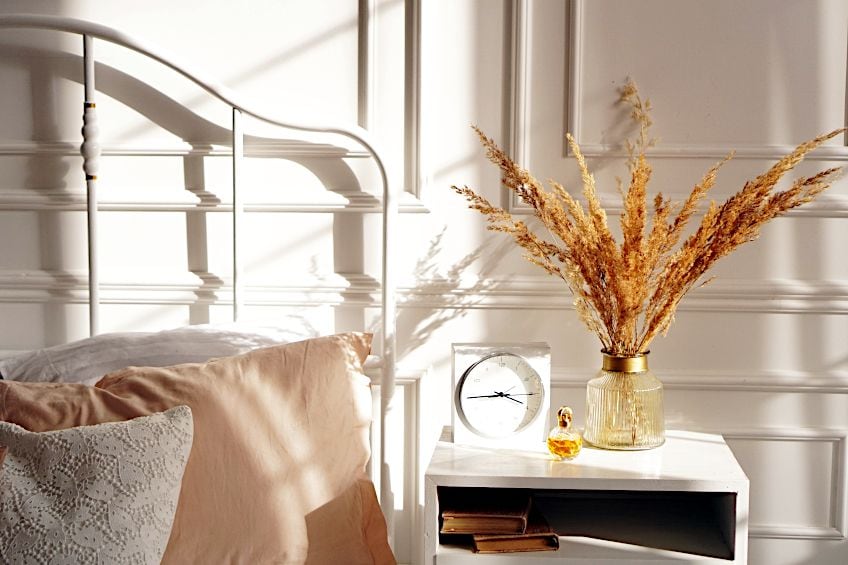
Scenic Designers
A scenic or set designer helps to create the scenes on stage or for films and other media. Part of their job is to create scale models, what is known as paint elevations and other renderings, that help to communicate ideas to other production staff. The idea is then brought to life on set or on film. Another design position that works in the same line is a prop designer. Props are all the portable items like costumes, and even the food is eaten on stage or on film.
A prop designer is responsible for buying, creating, or finding all the necessary prop items.
Costume Designers
This can fit closely with other designers linked to the theater and film industries. Costume designers are brought in to achieve the vision of the producers and directors, to create authentic attire for a specific play or film.
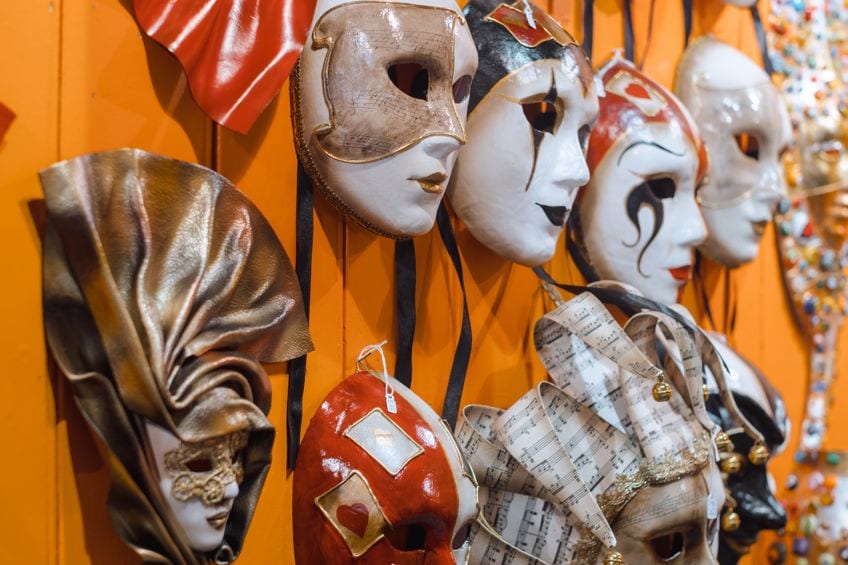
Lighting and Sound Designers
Other design elements that are for interiors, on stage, and on film are lighting and sound designers. Besides doing the lighting for films and theater, lighting designers also help out at art installations and tours. Sound designers or engineers help to collect, edit, and then help to create music, dialogue, and sound effects for various media applications.
The aim is to enhance the listener’s experience and create a mood or tone for all kinds of entertainment.
Experiential Designers
This type of design is about creating fun and/or educational experiences by communicating a message in a physical environment. This can be done through graphic designs, which can be achieved inside as well as outside of a building. Designers can use video installations, interactive installations, or holographic installations among others. Concepts can be used for exhibition designs that are done at museums or art galleries, or they can be an entertainment experience at a concert or a marketing strategy for a product launch.
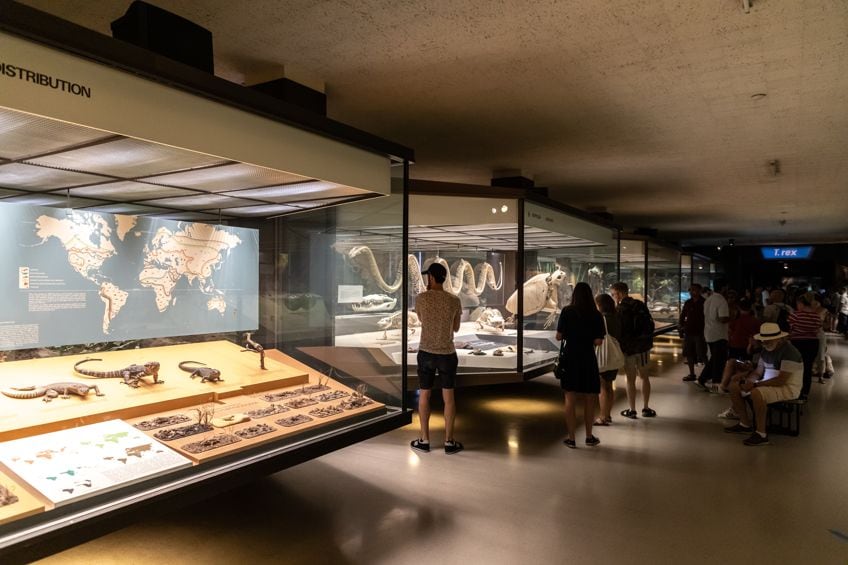
Speculative Designers
Maybe this type of design needs its own category, but since you need to be thinking creatively or outside the box, it seems to fit here just as well as anywhere else. Speculative design is focused on problem-solving but pertains to coming up with various ideas and scenarios that involve the future and address larger issues. In a nutshell, it is coming up with future ideas that help can help society in all kinds of ways.
The ideas do not have to be currently realistic or technologically possible, it simply aims to design outside the normal limitations.
Illustration and Art Designers
Illustrators are designers who can create visual representations or elements out of written words. They can use traditional methods, which are pencil drawings, or ink drawings but they can also achieve this by using digital tools like Photoshop. The illustrations can be done for posters, magazines, advertisements, books, and infographics amongst others.
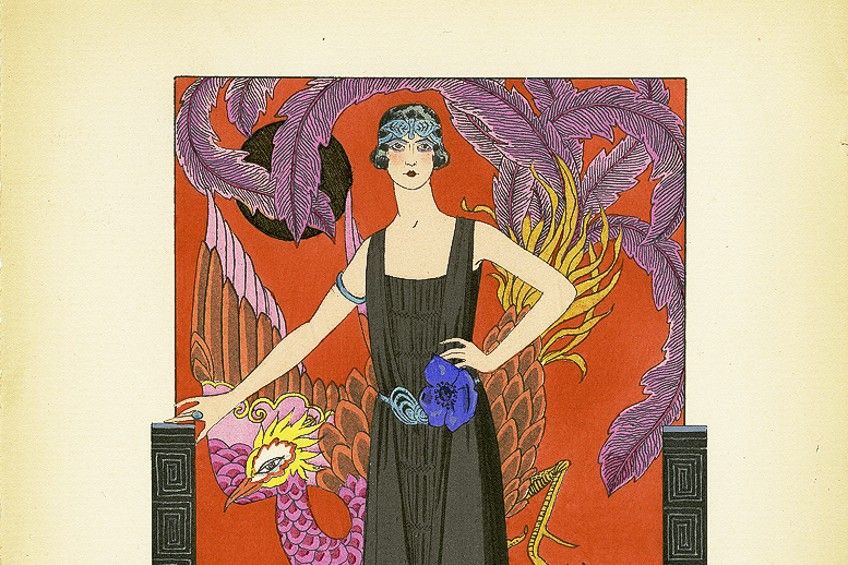
Instructional Designer
There are quite a few facets to instructional designer duties. Their duties can include things like instructional materials like student guides and teacher manuals, developing workshops and courses, and creating training videos. They can organize workshops in a conference room or even create a virtual classroom.
Designers should understand how different people learn, so can then create experiences for a varied audience.
Jewelry Designers
Jewelry designers can either work for a company or make and sell their own designs. Designers can also be involved in commissioned pieces that are for a specific client. Having business knowledge is important if self-employed as there is promoting and marketing that needs to be done. Other responsibilities can also include researching current fashion trends and consulting with buyers and suppliers.
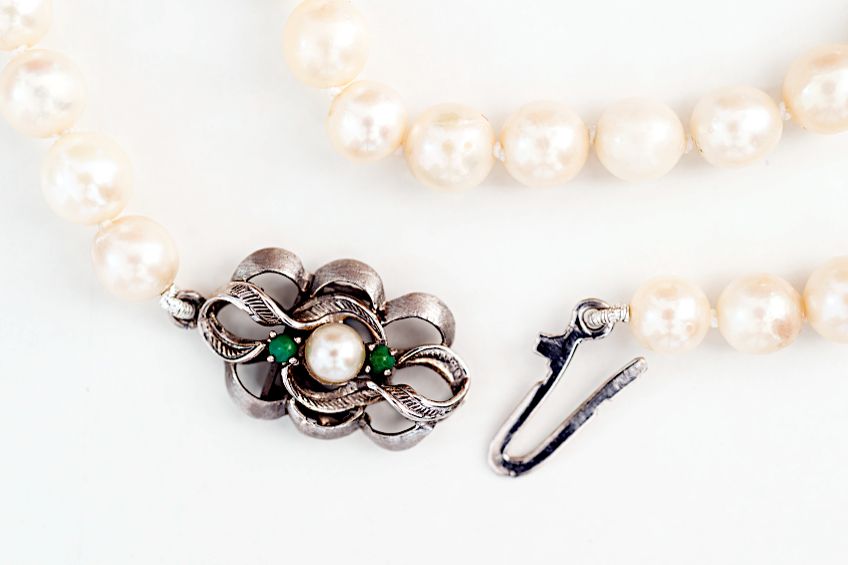
Exhibition Designer
An exhibition designer should be able to work collaboratively and have good design knowledge. They also usually have to stick to strict deadlines and work under pressure. Events can include conferences, trade shows, and all kinds of public exhibitions. This can also include exhibitions for galleries and museums, as well as for creating displays for retailers and other businesses. Exhibitions should be visually appealing and communicate what the client wants. Designers should also be able to handle situations that involve limited budgets, time, and space issues.
Some designers only specialize in one area, while other designers get involved with the actual building of the exhibition
Glass Blower Designers
A glass blower needs to be strong in artistic skills and needs to build a professional portfolio and reputation to be successful. There are a few areas a glass blower can be involved in, and these include designing architectural pieces, gifts, exhibition pieces, tableware, or stained-glass windows. There is also the option of repairing as well as designing laboratory glass. Designers can also repair and restore original pieces. Many glass blowers work independently, but there are also larger manufacturers looking for employees. As with jewelry designers, work can also be commissioned from individuals, the public sector, or corporate establishments.
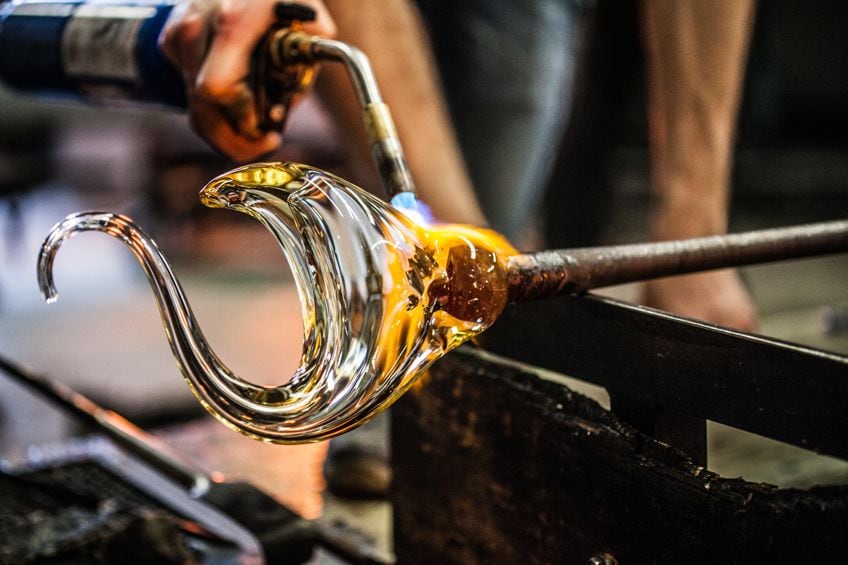
Ceramic Designer
Ceramics can involve many different types of pottery items that are shaped from clay and then fired in a kiln. There are also various clay types to work with including porcelain, stoneware, and bone China. Finished items are usually painted or glazed to finish them off. Other terms for a ceramic designer include potter and ceramicist. Some of the following are items a ceramic designer can work on:
- Sculpture pieces
- Garden items
- Ceramic gifts
- Bathroom fixtures
- Tableware and kitchenware
- Jewelry
- Tiles for floors and walls
When working for larger companies, ceramicists should be able to understand a product brief and then create the desired piece that can be mass produced. Many ceramic designers are self-employed and produce in smaller quantities but should be able to take on commissions for larger companies.
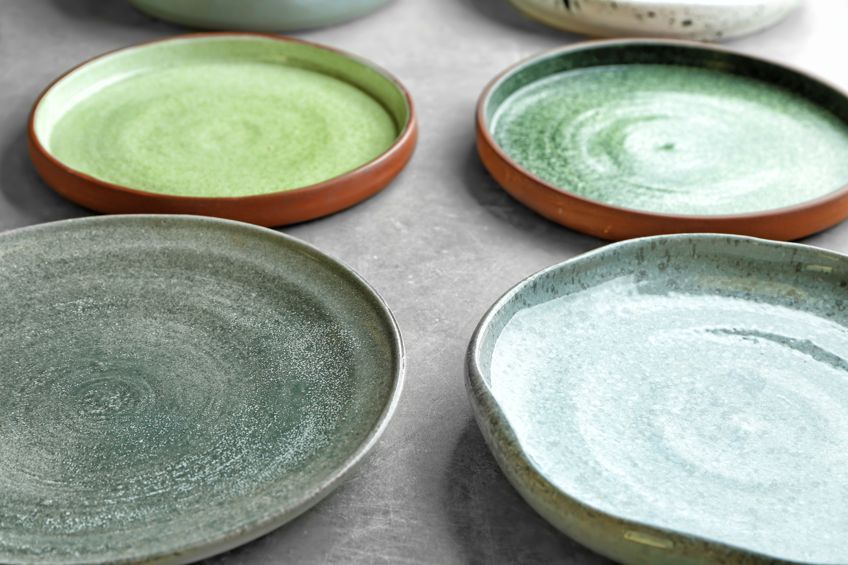
Computer and Digital Designers
Many of these types of design elements can also go under the creative heading, just like the above illustration designs can fall under the digital design category. When it comes to the creative industry, specifically for websites and other online media, many elements can be combined to achieve goals. So, instead of simply doing graphic design, photography, animation, information design, and even sketching are also used as tools.
This is known as communication design, which incorporates a collection of fields to come up with better solutions and ideas as a whole. However, let us look at some different types of design you can get in this category.
Software Designers
This can be a challenging career choice and involves the development of software, which also incorporates the study of various design methods. Software designers aim to solve problems and are involved with websites, computer operating systems, applications, and other similar products.

Front- and Back-End Designers
Front-end designers or developers are in control of coding the front-end of a website. The design elements usually include the use of coding languages like HTML, JavaScript, C++, or CSS. The role includes creating buttons, and internal links, and adding multimedia tools among others. So, many interaction designers must know this kind of design. While the front-end involves the user interface, where the user can request the information, back-end designers are working on the server, the application as well as the database.
They work out how to deliver information to the user.
Graphic Designers
Graphic design can be described as a form of visual communication, they use various elements including images and colors to convey a message. They help to come up with an entire brand experience, not only online but also in print and for things like product packaging. You can also get graphic designers that work with book publishers and design book covers amongst other things. You can even include user interface design (UI) and illustration design under this heading. So, it is quite a broad field to get involved with including the following.
- Product and packaging design
- Website design
- Print design
- Brand design
- Publishing design
- Motion graphic design
- Environmental graphic design
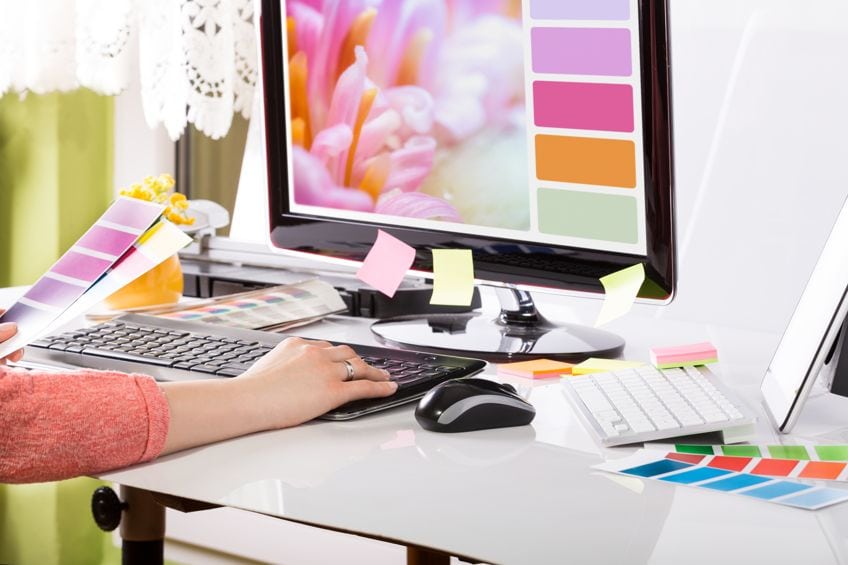
Web Designers
Website designers create sites that are easy to use and navigate, visually appealing, and functional. They form part of a team alongside graphic designers to establish an efficient and well-designed website. Where graphic designers are more focused on creativity and artistry, a web designer is more concerned with the entire system and how it should function.
So, a web designer does require a broader set of skills to do the job properly and can include many interactive design services.
Brand Designer
A brand designer is also known as a visual designer or creative designer. This type of design involves using visuals to bring over a message. Designers use illustrations, typography, photography, colors, icons, and logos to help companies or organizations establish a brand. This means developing strategies for both digital as well as all other platforms. For example, in the design of a logo, product packaging, and development of social media guidelines. There are various software programs that designers use, the most common ones being Photoshop, InDesign, and Illustrator.
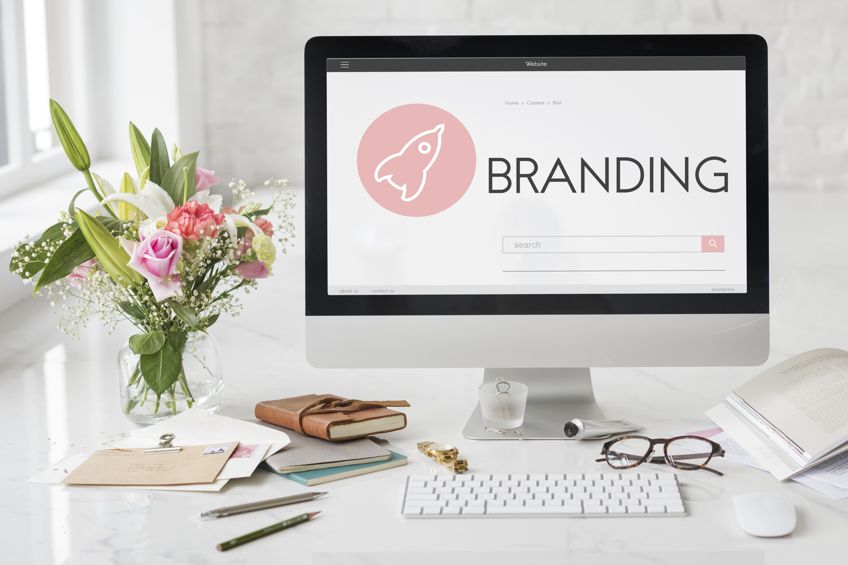
Motion Graphics Designer
Motion graphics forms another part of graphic design, which means they are more focused on creating movement for their projects. They bring motion to still images or illustrations or even text. Motion graphic designers can work on websites, but also for film and television purposes. They can create things like animated presentations or bring movement to product demonstrations.
This field of expertise is different from animation.
Animation Designer
While a motion graphic designer mainly focuses on creating a moving image, an animation designer completes an entire story. They create animated objects and characters that interact and tell a story. This is mainly done for movies and television, but animation design is also an important part of video game design.
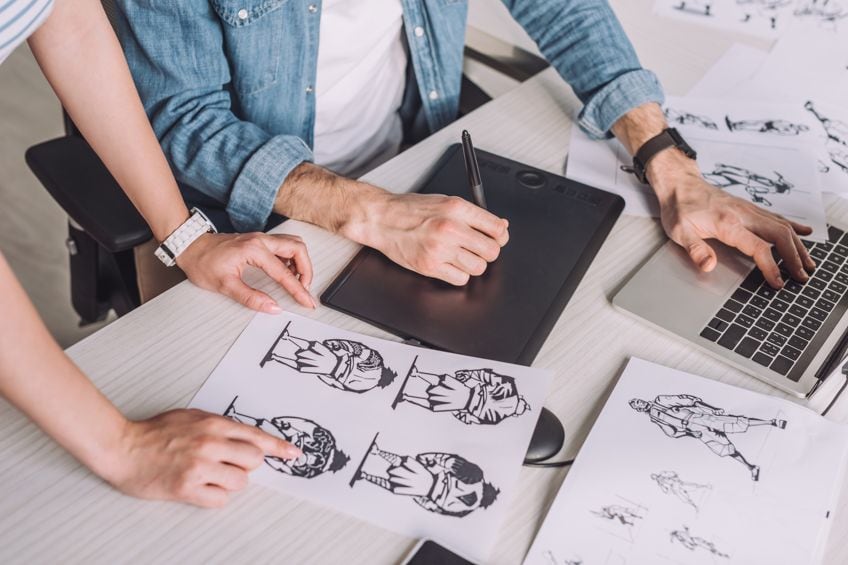
Multimedia Designers
Designers in this field develop and design software to create a product and should have both creative and technological skills. They also have to understand interface technology, advertising, and marketing strategies. They can incorporate both motion graphics as well as animation. These multiple skills are used to come up with advanced and inventive ways of communication. The more technology advances, the more original and larger applications they can consider.
However, designers also have a strong background in art.
Gaming Designers
The gaming industry is extremely popular, and games are being developed that suit both young and old. A player can have fun playing a simple word game, playing tennis, or exploring virtual worlds, where they are the hero. Gaming designers are responsible for creating the environment, content, storyline, sounds, characters, and code for each game.
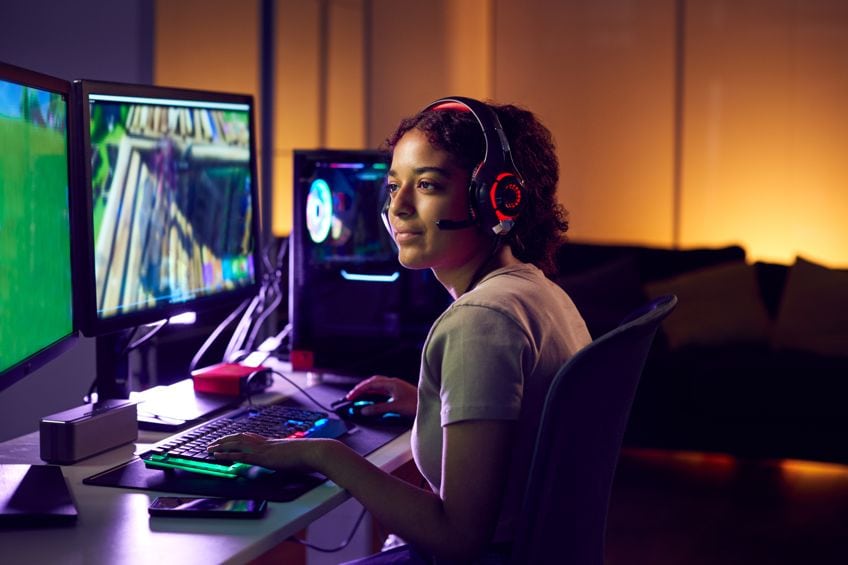
Interaction Designers
There are so many levels to software design that complete all the processes to reach your final product or service. This includes experience designers, user interaction designers, and user interface, designers. Let us have a look at a short description of these types of designers.
- User experience designer (UX): These designers focus on the user experience, be it products or services. They identify problems and develop solutions. They focus on value, usefulness, usability, accessibility, and credibility amongst others to meet the client’s needs. User interaction can also form part of the procedure.
- Interaction designer: This element of the process focuses on the exact moment of interaction and the user, they investigate how sound, movement, objects, and other visual design elements can help with user interaction.
- User interface designer (UI): Designers take the results from both the user and interaction designers and develop an interface. For example, they can create menus, buttons, and other visual elements that help a user navigate through a site.
Product Designers
This is the development of physical as well as digital products and involves a lot of problem-solving. The results should be products and experiences that are functional and work according to their purposes. So, it means having insight into a user’s needs and then developing solutions. This is a very broad category and can even include some of the types of designers we have already mentioned.
Some of these fields can include the automotive industry, or getting involved in creating prototypes, testing as well as manufacturing products for the industrial and domestic sectors.
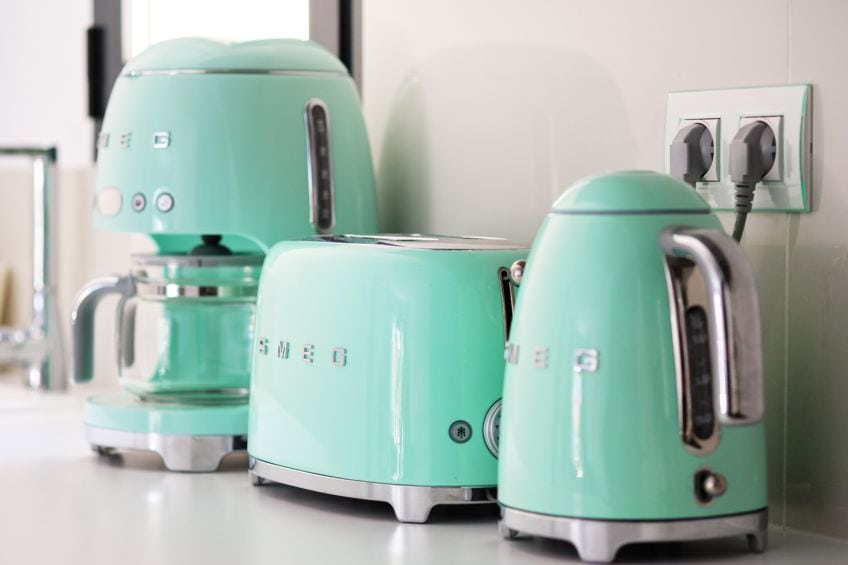
Engineering Designers
Like most design fields, this involves a broad spectrum of disciplines. Some of the fields in this category can include civil engineers, electrical and mechanical engineers, chemical, and architectural engineers amongst others. Engineer designers often have to work with complex mathematical and scientific methods to produce products or systems. They develop concepts and detailed theoretical designs, then prototypes to test the functionality of a product. This can be for industrial equipment, vehicles, robots, and any number of other products.
There is also usually an entire team that works on projects, so engineering designers can also work, for example, with industrial designers.
Industrial Designers
Designers are hired to create designs for physical products, for example, for the automobile industry. They should take into consideration the form as well as the function of the specific product. There are multiple industries for industrial designers to work in besides the automotive industry. For example, electronics, houseware, medical devices, or any kind of product you can think of in the commercial, industrial, and domestic sectors.
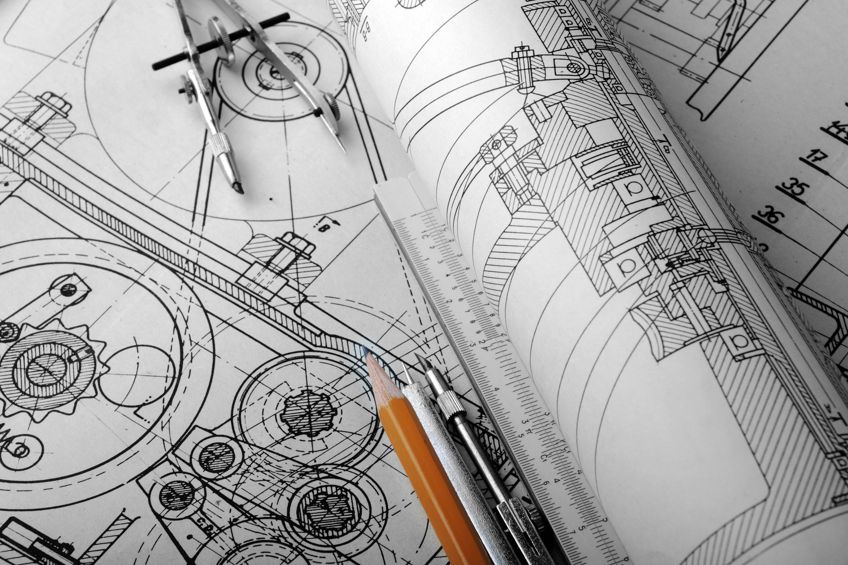
Industrial and engineering design does tend to overlap quite a lot, but besides the functionality of a product, industrial designers also focus on the artistic side of things and how the product looks and functions, and also take into account branding and marketing aspects. So, industrial design is a combination of engineering, art, and business.
All the different types of design are unique in themselves, but as we have learned, they can easily overlap with other areas of expertise, which is why there are usually design teams that can handle all aspects of a project. So, if you are looking to choose a career in design, you should consider what your interests and strengths are and understand more about a specific role before deciding on a definite path.
Frequently Asked Questions
Which Type of Designer Gets the Highest Pay?
There are types of designers that get paid quite a lucrative amount. The one that tops the list is a user experience designer, although user interface designers, product designers, and video game designers are also high on the list. After these, you also have multimedia and animation designers, as well as web designers.
What Is the Definition of Design?
Design can be described as a visual plan, which eventually becomes a product, object, process, or system. The design process begins with coming up with a concept or identifying a problem and moves through research, creating prototypes to testing and the outcome or construction.
Why Do Designers Make Prototypes?
A prototype helps designers illustrate what the final product will look like and how it will act. The prototype is there to test the idea or concept, and the data obtained is used to improve on the concept and make sure all the required standards are met. This also saves money in the long run by avoiding any mistakes or using up extra resources.
In 2005, Charlene completed her Wellness Diplomas in Therapeutic Aromatherapy and Reflexology from the International School of Reflexology and Meridian Therapy. She worked for a company offering corporate wellness programs for a couple of years, before opening up her own therapy practice. It was in 2015 that a friend, who was a digital marketer, asked her to join her company as a content creator, and this is where she found her excitement for writing.
Since joining the content writing world, she has gained a lot of experience over the years writing on a diverse selection of topics, from beauty, health, wellness, travel, and more. Due to various circumstances, she had to close her therapy practice and is now a full-time freelance writer. Being a creative person, she could not pass up the opportunity to contribute to the Art in Context team, where is was in her element, writing about a variety of art and craft topics. Contributing articles for over three years now, her knowledge in this area has grown, and she has gotten to explore her creativity and improve her research and writing skills.
Charlene Lewis has been working for artincontext.org since the relaunch in 2020. She is an experienced writer and mainly focuses on the topics of color theory, painting and drawing.
Learn more about Charlene Lewis and the Art in Context Team.
Cite this Article
Charlene, Lewis, “Types of Designers – Different Types of Design You Can Try.” Art in Context. August 23, 2022. URL: https://artincontext.org/types-of-designers/
Lewis, C. (2022, 23 August). Types of Designers – Different Types of Design You Can Try. Art in Context. https://artincontext.org/types-of-designers/
Lewis, Charlene. “Types of Designers – Different Types of Design You Can Try.” Art in Context, August 23, 2022. https://artincontext.org/types-of-designers/.


